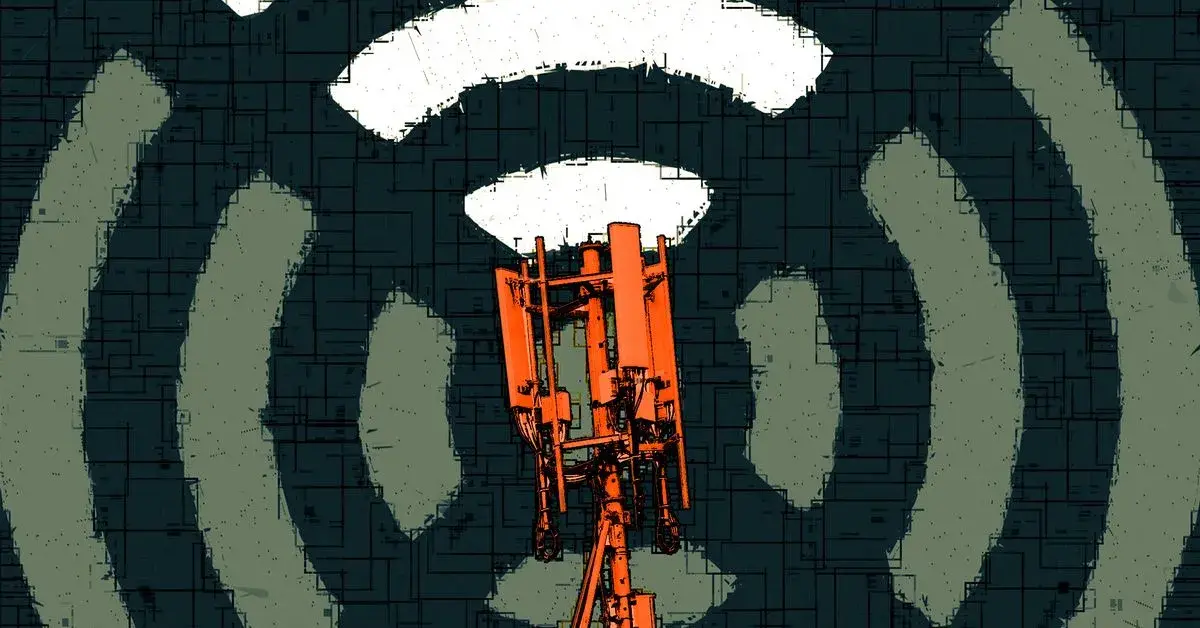Open RAN gets a boost to fight Huawei’s global cellular lead.
“42 MILLION”
And they’re out here wording that (almost certainly intentionally) like it’s some insane waste of money.
Talk to me when it gets near 0.01% of the defense budget.
Or 1% of the money that has been gratuitously sprayed all over every telecom company for things they conditionally accepted money for but never delivered on.
Tax payers paying to develop something for giant corporations to use freely… again
Um what? Since when are open standards that allow vendor interoperability a bad thing?
deleted by creator
I don’t have enough pharmaceuticals
Well would you look at that! Open standards are useful after all. But somehow admitting that opensource is superior for competition is a hard pill to swallow.
42m?
Telecos can waste that on a single mckensy consulting contracg
🤖 I’m a bot that provides automatic summaries for articles:
Click here to see the summary
The National Telecommunications and Information Administration (NTIA) grant would establish a Dallas O-RAN testing center to prove the standard’s viability as a way to head off Huawei’s steady cruise toward a global cellular network hardware monopoly.
Verizon global network and technology president Joe Russo promoted the funding as a way to achieve “faster innovation in an open environment.” To achieve the standard’s goals, AT&T vice president of RAN technology Robert Soni says that AT&T and Verizon have formed the Acceleration of Compatibility and Commercialization for Open RAN Deployments Consortium (ACCoRD), which includes a grab bag of wireless technology companies like Ericsson, Nokia, Samsung, Dell, Intel, Broadcom, and Rakuten.
The company’s then CEO, Tareq Amin, told The Verge’s Nilay Patel in 2022 that Open RAN would enable low-cost network build-outs using smaller equipment rather than massive towers — which has long been part of the promise of 5G.
The 5G network was creaky and unreliable when former Verge staffer Mitchell Clarke tried it out in Las Vegas in 2022, but the company said in June last year that it had made its goal of covering 70 percent of the US population.
All of this adds up to a united front against Huawei’s domination of global cellular equipment and infrastructure.
This $42 million grant is a drop in the bucket compared to all of that, but the establishment of a testing center is a key step in the process; it creates an arena where ACCoRD partners can establish that the standard can work and get the buy-in of other big players across the world.
Saved 51% of original text.



